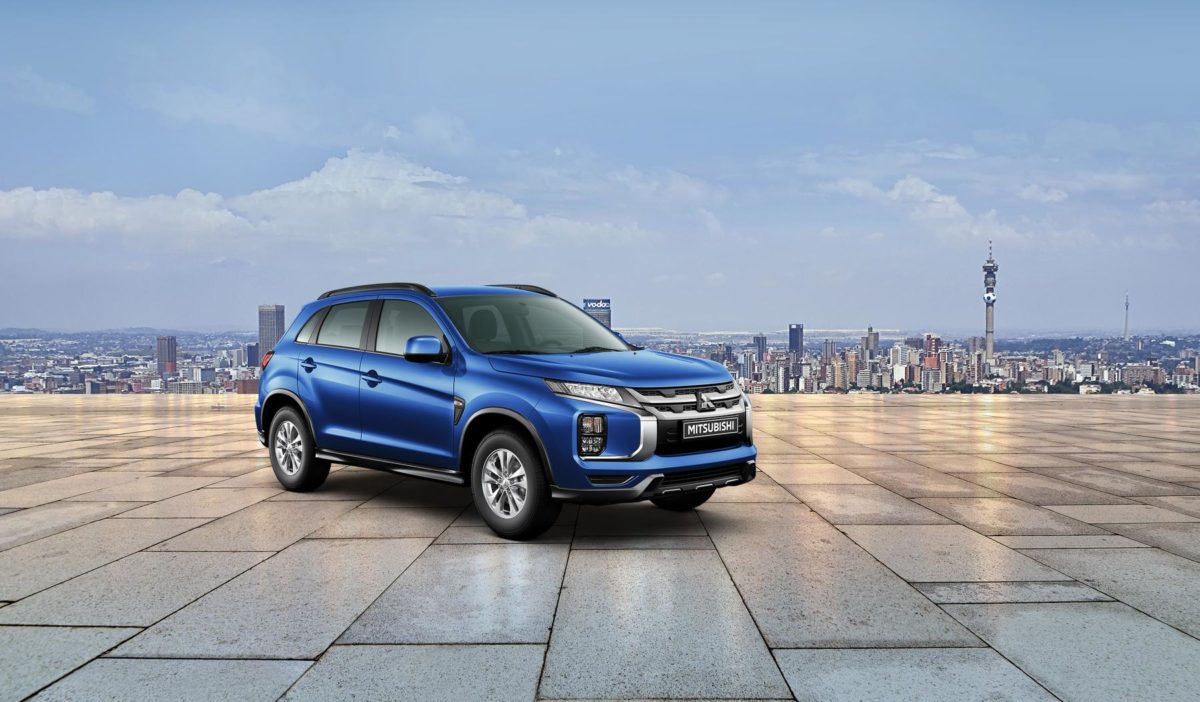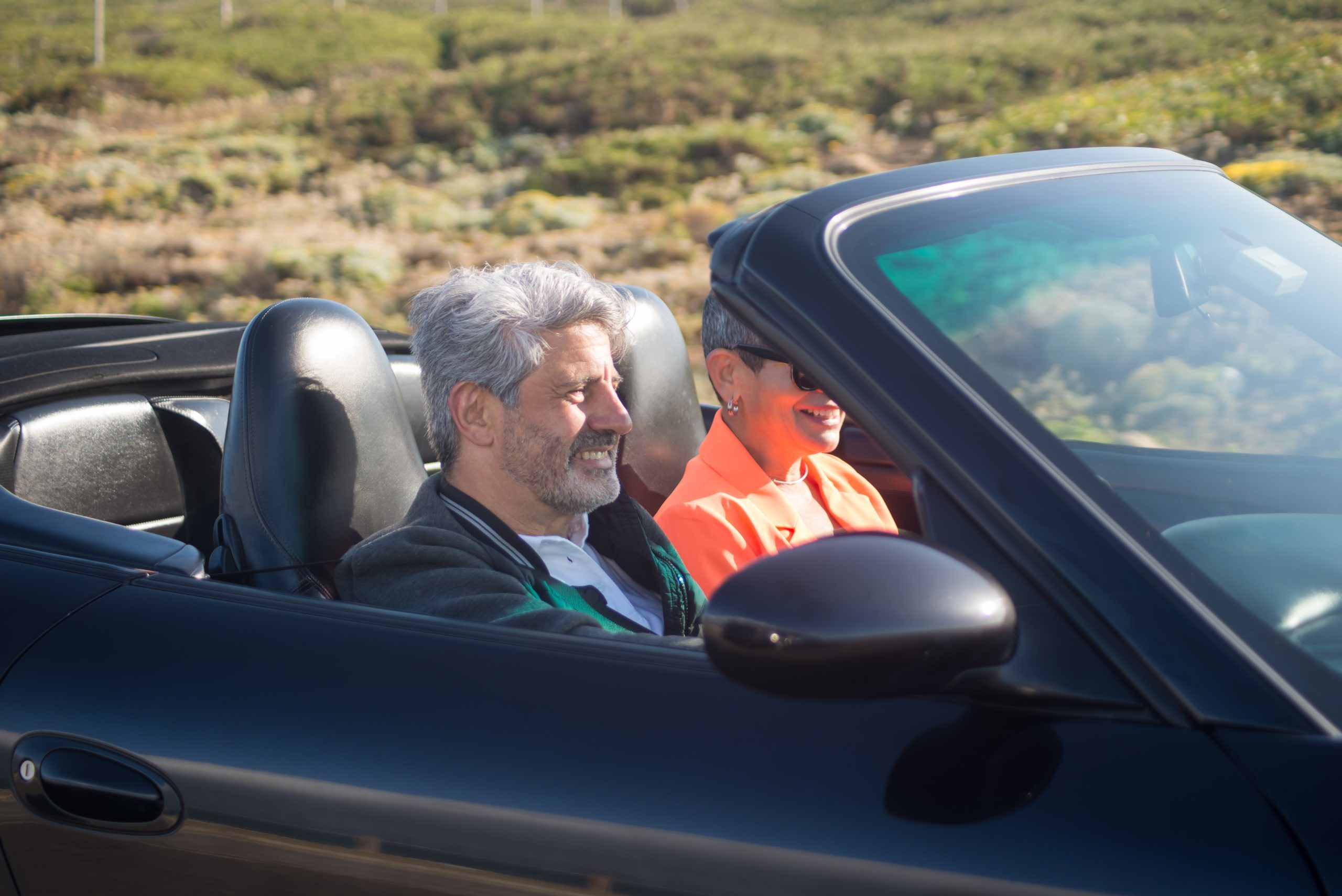Mistubishi’s Popular ASX Range Gets Two New Siblings
By H&H Admin
Mitsubishi Motors South Africa (MMSA) is making its range of sought-after vehicles accessible to a wider customer base with the introduction of a new ES specification level for the popular ASX. Slotting in below the two existing models, and badged as LS variants, there are now two new ES derivatives in either manual or continuously variable transmission (CVT).
The ASX ES models cater to customers who put a premium on value for money but demand a proven crossover SUV with the best possible combination of attractive design, advanced technology, spaciousness, fuel economy and competitive pricing.
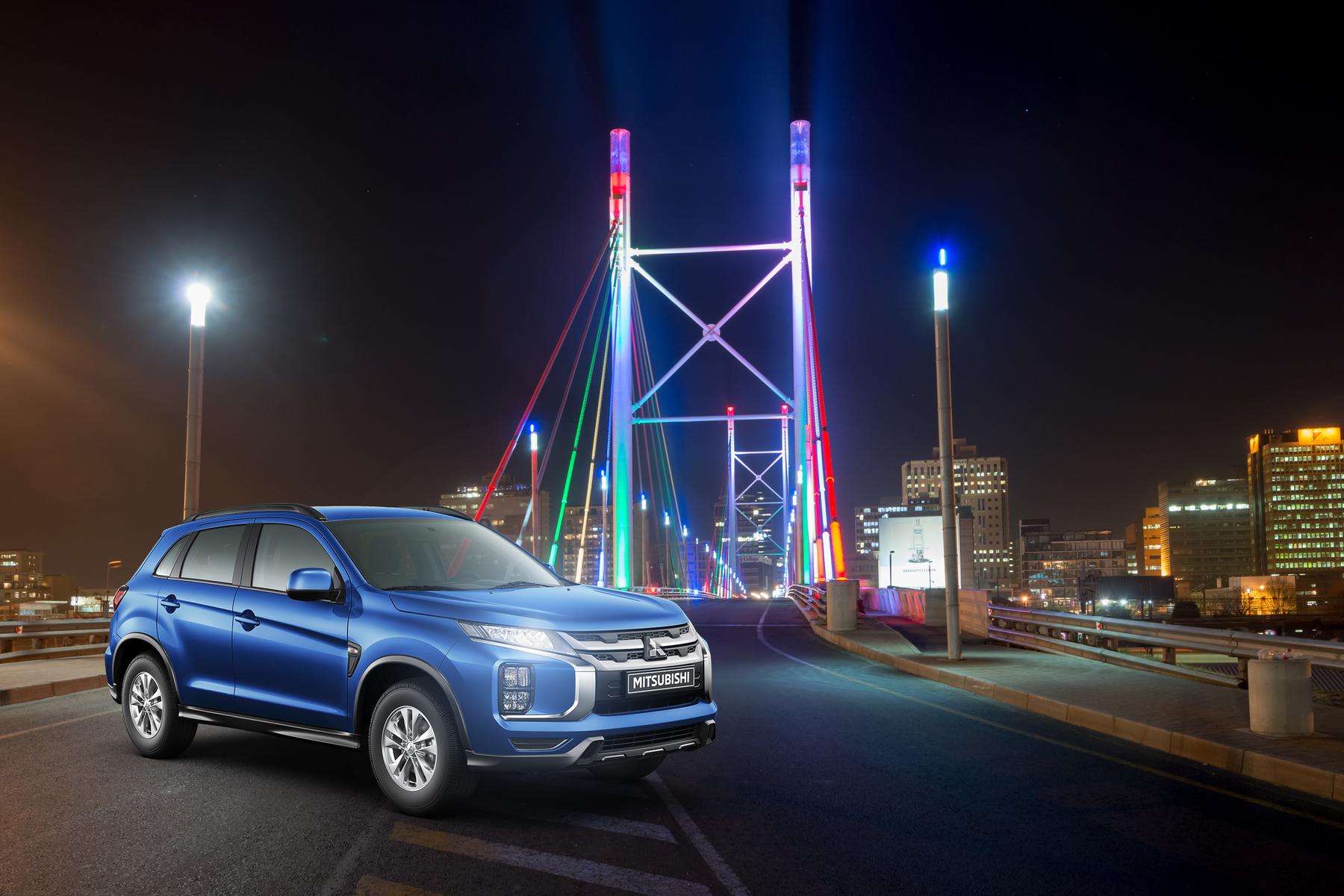
“The ASX was first introduced in South Africa in 2011 and since its launch, over 9300 units have been sold in South Africa, making it the most successful model for the brand in the last decade. The ASX has also opened the Mitsubishi brand to younger families seeking access to the legendary Mitsubishi way of life. The addition of the two ES models with revised specification levels now places this lifestyle within reach of buyers for whom affordability is a greater consideration,” explains Jeffrey Allison, General Manager: Marketing at MMSA.
Apart from featuring the same powertrain combinations as the LS models, the ES additions boast the same striking exterior styling, spacious interior, upgraded seats and advanced mechanics. These include
Exterior
- Key exterior features include:
- LED headlights
- LED daytime running lights (DRL),
- LED fog lamps
- electrically adjustable foldaway mirrors
- LED brake lights,
- LED taillights,
- LED reverse lights
- Rear spoiler with a high-mounted stop lamp
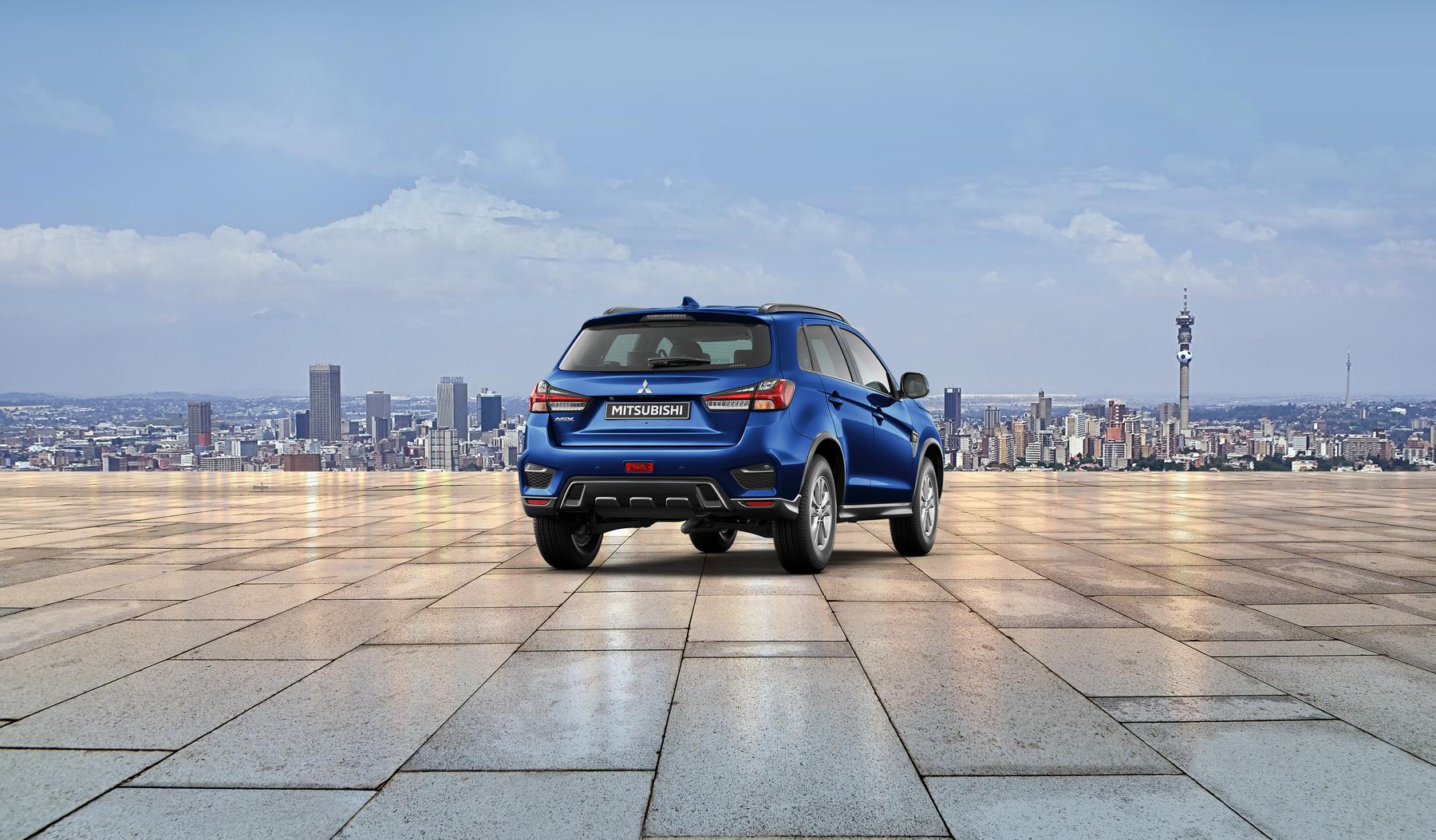
Interior
- Electric windows all round
- Fabric upholstery
- Manual air-conditioning.
- Radio/CD player
- Touchscreen system with Apple CarPlay (Android Auto is available as an option).
- USB and accessory sockets
- Bluetooth connectivity with hands-free voice control
- Cruise control
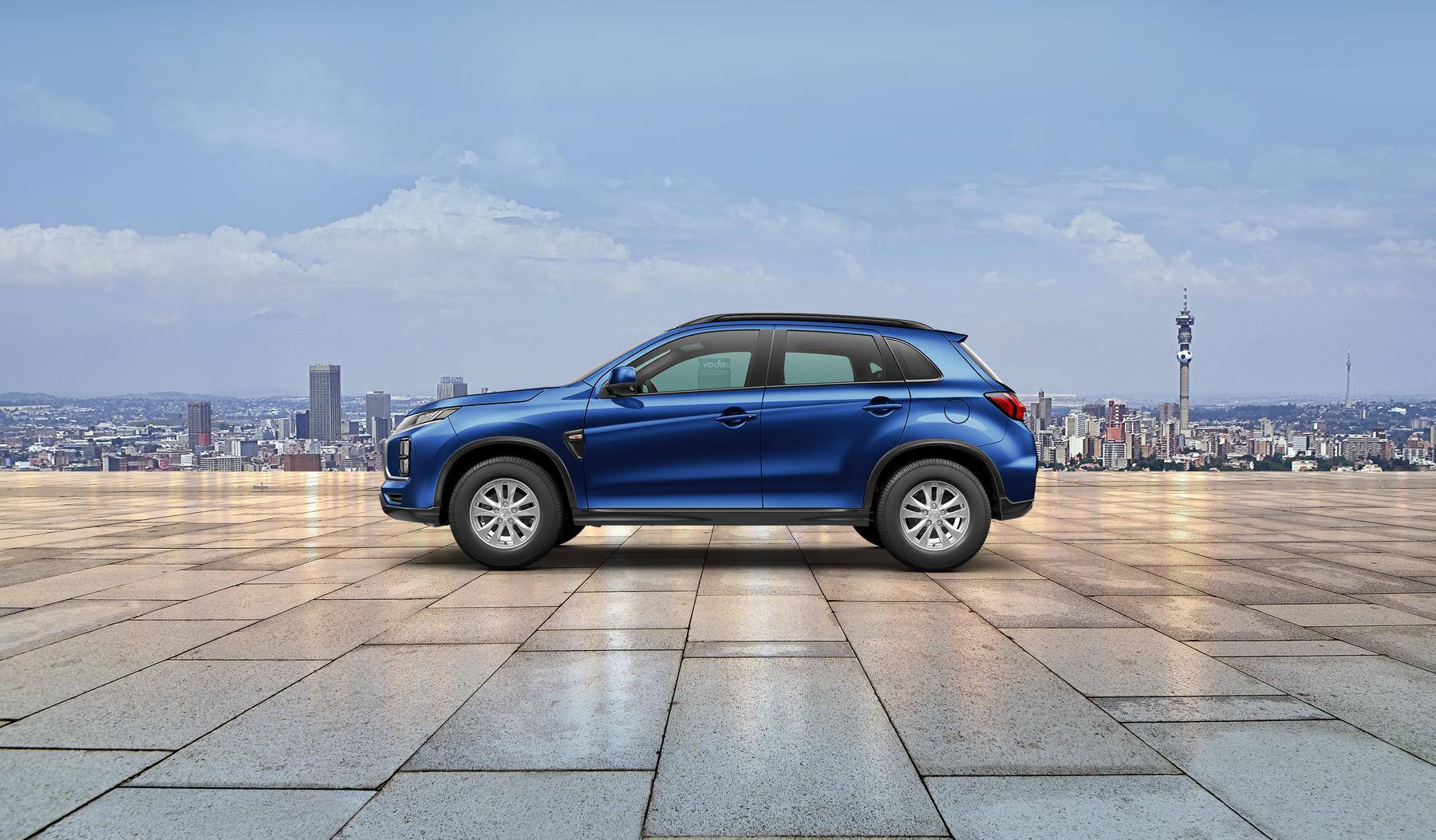
Performance
The new ES models use the same engine as their LS siblings, being Mitsubishi’s 2.0L MIVEC aluminium powerplant, which offers 110 kW at 6 000 r/min and peak torque of 197 Nm at 4 200 r/min.
As with the LS specification level, the ES is available with a five-speed manual transmission or CVT.
The ASX boasts a towing capacity of 1 260 kg (braked) for the manual transmission and 750 kg for the CVT (unbraked), making it a great getaway partner for families who seek adventure outside of the city.

Safety
As with all Mitsubishi products, safety features abound in ASX ES models.
These include hill start assist (HSA) and active stability and traction control (ASTC), as well as anti-lock brakes (ABS) with brake assist (BAS) and electronic brake-force distribution (EBD).
Mitsubishi’s RISE (Reinforced Impact Safety Evolution) body construction, which provides superior all-direction collision safety design, is supplemented by side impact protection beams, a collapsible steering column, brake pedal recession protection and whiplash injury reduction seats to ensure optimal occupant safety.
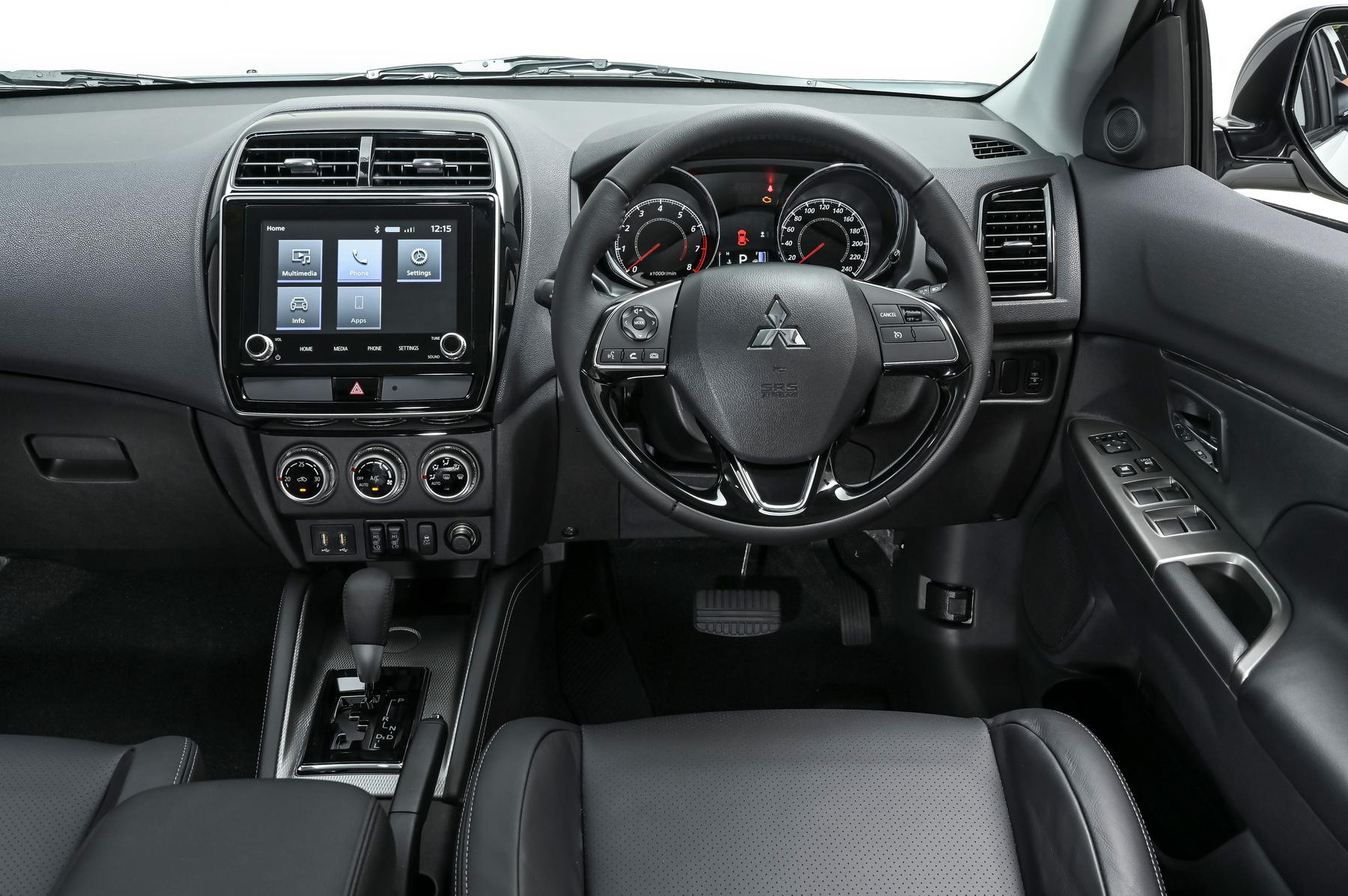
Driver, passenger and knee airbags as well as ISOFIX child seat anchor points are also standard as part of the package.
ASX ES models also boast rear park distance control and a keyless operating system with a unique smart key that works within a 70 cm radius from the vehicle for easy locking and unlocking.
Once inside, the driver can start the engine with the simple touch of a button.
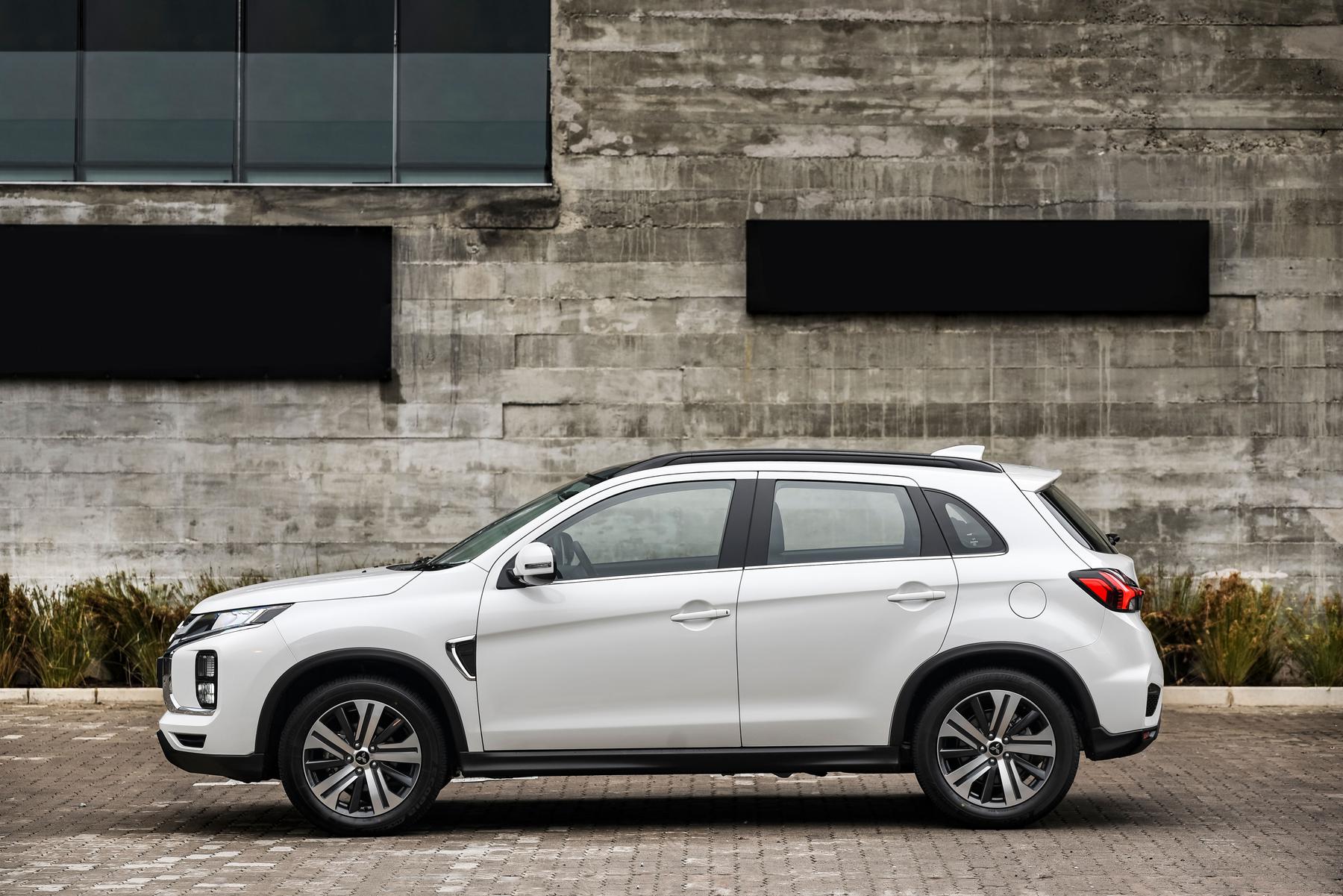
Warranty and service
The ASX range is covered by Mitsubishi’s three-year/100 000 km manufacturer warranty, a three-year /60 000 km service plan and three-year/unlimited mileage roadside assistance. Service intervals are set at 15 000 km or once a year.
“The ASX has proven itself to be a youthful, urbanised crossover SUV for those who appreciate quality, capability, practicality and versatility in a vehicle. With the introduction of the ES models, more South Africans will now be able to benefit from Mitsubishi’s impressive SUV heritage and unrivalled reputation, while enjoying enhanced affordability and value for money,” concluded Allison.
Pricing
| ASX 2.0 ES Manual | R 369 995 |
| ASX 2.0 ES CVT | R 389 995 |
| ASX 2.0 LS Manual | R 419 995 |
| ASX 2.0 LS CVT | R 439 995 |
